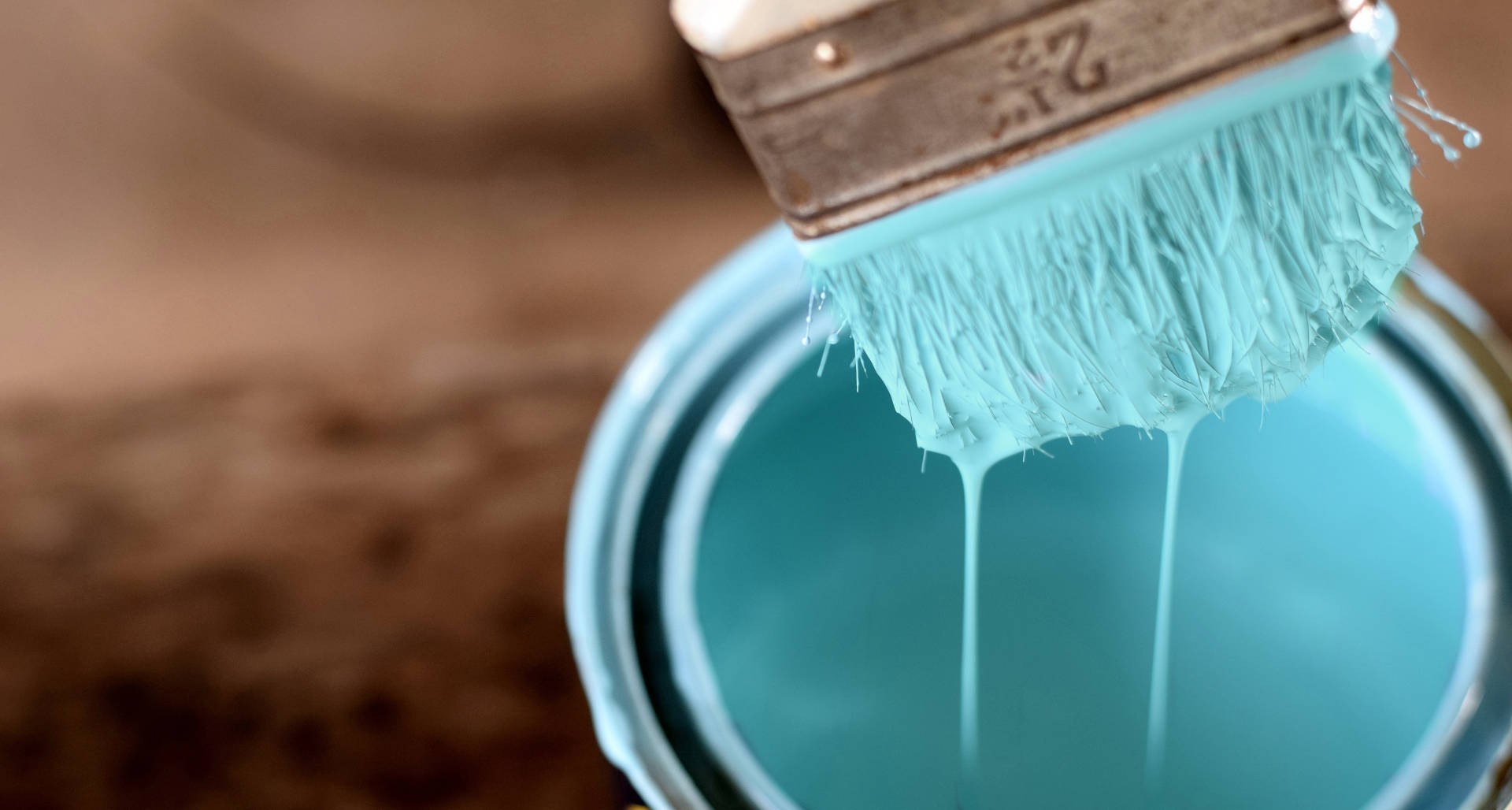The Difference Between Paint and Coatings
Paint vs. Coatings: Unraveling the Differences
Written by: Baril Coatings USA
Posted: July 24, 2024
updated on July 31, 2024
At first glance, paint and coatings might seem interchangeable. Both are applied to surfaces, both offer protection, and both can enhance appearance. However, delving deeper reveals crucial distinctions that impact their applications and performance.

Paint: The Versatile Enhancer
Paint is a ubiquitous substance, found in homes, offices, and countless other settings. Its primary function? To add color and provide basic protection. But paint is more than just pigment - it's a carefully crafted mixture:

- Pigments for color and opacity
- Binders (resins) for adhesion and film formation
- Solvents for consistency
- Additives for specific properties
Paints come in various formulations, from water-based latex to oil-based enamels. Each type has its strengths, whether it’s easy clean-up, durability, or a smooth finish.
While paint excels at transforming aesthetics and offering light protection, it has limitations. High-traffic areas or harsh environments can quickly degrade a paint finish, necessitating regular maintenance.
Coatings: The Industrial Protectors
Coatings, on the other hand, are engineered for performance in demanding conditions. Think of offshore oil rigs, chemical storage tanks, or structured steel for bridges. These environments require more than just a pretty face - they need robust protection against corrosion, chemicals, and extreme wear.
The composition of coatings reflects this focus on functionality:
- High-performance resins
- Specialized curing agents
- Carefully selected pigments and fillers
- Performance-enhancing additives
Coatings are often more complex in their application, sometimes requiring specific environmental conditions or professional expertise. However, this complexity translates to superior durability and longevity.
Key Distinctions:
- Purpose: Paint primarily enhances appearance with some protection, while coatings prioritize functional protection.
- Formulation: Coatings typically contain more specialized and robust ingredients.
- Application: Paint is generally user-friendly, while coatings may require professional application.
- Durability: Coatings significantly outperform paint in challenging environments.
- Cost: The advanced properties of coatings often come with a higher price tag.
In Practice:
Consider a steel bridge. The handrails might be coated with regular paint, providing color and basic weather resistance. However, the structural elements would likely use high-performance coatings to withstand decades of environmental stress, salt spray, and physical wear.
Choosing Wisely:
Understanding these differences is crucial for project success. For residential interiors, paint is often the go-to choice. But for industrial settings or areas exposed to harsh conditions, investing in appropriate coatings can significantly reduce long-term maintenance costs and enhance safety.
As technology advances, the line between paint and coatings continues to blur. Some modern paints incorporate coating-like properties, while some coatings offer more aesthetic options. However, the fundamental distinction in their primary purposes remains.